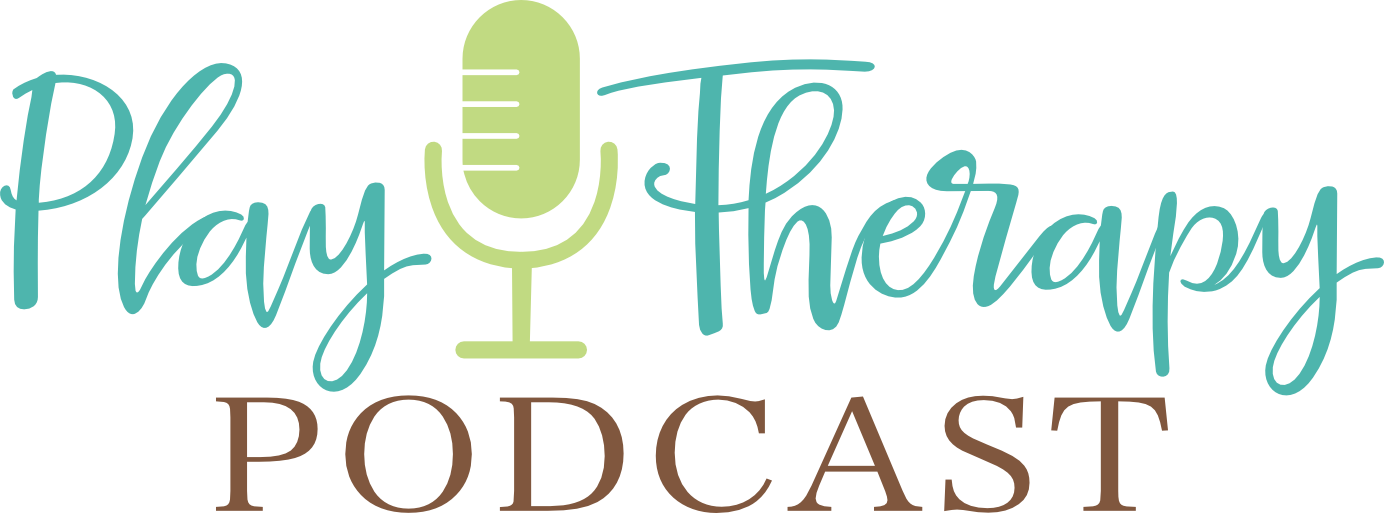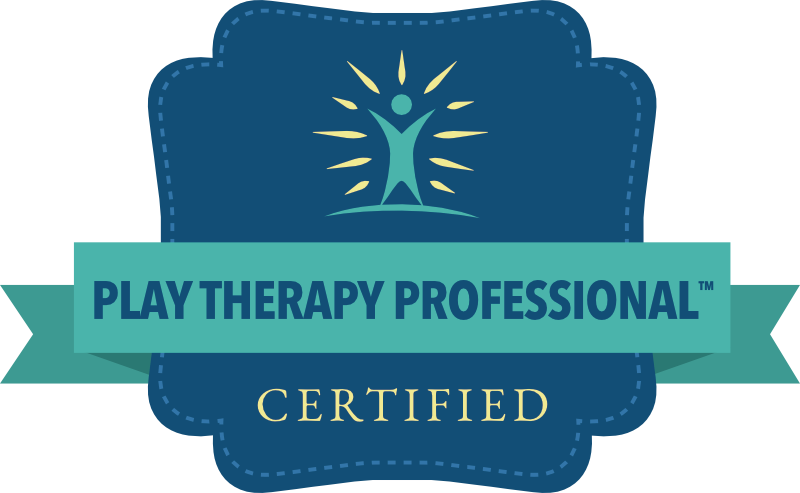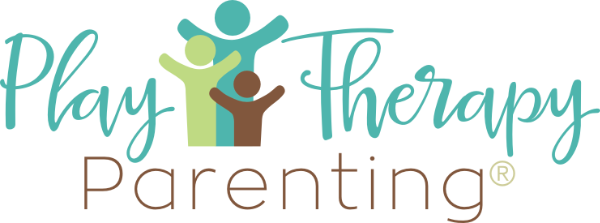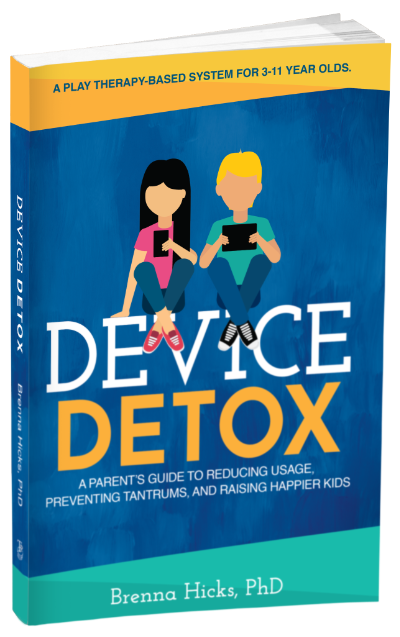Repetitive Play and/or Self-Soothing in Early Sessions
In this episode of the Play Therapy Podcast, I address a question from Suzanne in Maryland, who has been working with a six-year-old child that engages in repetitive dressing and undressing of Barbie dolls in each session. Suzanne wonders how to interpret this behavior and whether it aligns with themes like nurturing and caregiving. I explain that this type of repetitive play can often be a form of self-soothing, especially in early sessions when a child is still in the initiation and rapport-building phase. This repetitive, ritualistic behavior can be common for children experiencing high levels of anxiety as it creates a sense of control and comfort.
I also touch on why the playroom is a screen-free zone and how to handle requests for music or technology in the playroom. While a child’s desire for music may also be a self-soothing strategy, introducing technology can be a distraction from the therapeutic process.
Sign up for my exclusive newsletter at playtherapynow.com. Stay ahead with the latest CCPT CEU courses, personalized coaching opportunities and other opportunities you need to thrive in your CCPT practice!
If you would like to ask me questions directly, check out www.ccptcollective.com, where I host two weekly Zoom calls filled with advanced CCPT case studies and session reviews, as well as member Q&A. You can take advantage of the two-week free trial to see if the CCPT Collective is right for you.
Ask Me Questions: Call (813) 812-5525, or email: [email protected]
Brenna’s CCPT Hub: https://www.playtherapynow.com
CCPT Collective (online community exclusively for CCPTs): https://www.ccptcollective.com
Podcast HQ: https://www.playtherapypodcast.com
APT Approved Play Therapy CE courses: https://childcenteredtraining.com
Twitter: @thekidcounselor https://twitter.com/thekidcounselor
Facebook: https://facebook.com/playtherapypodcast








